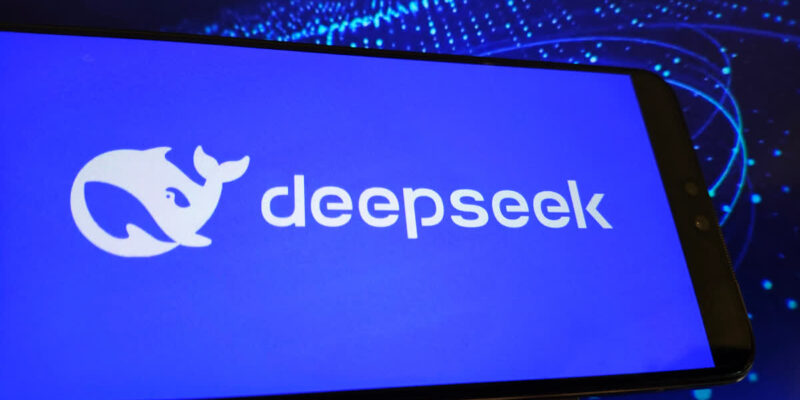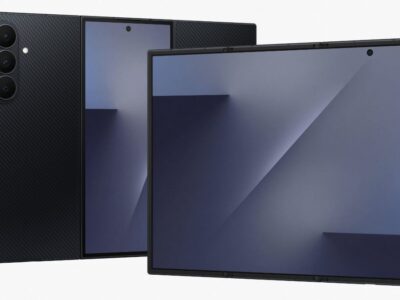DeepSeek, a Chinese AI chatbot, has taken the global tech world by storm, becoming the top-rated free application on Apple’s App Store in the US, UK, and China since its launch in January 2025. The company’s flagship DeepSeek-V3 model was reportedly developed for under $6 million, a staggering contrast to the billions spent by industry leaders like OpenAI. While some analysts remain skeptical about these development costs, the undeniable reality is that DeepSeek has created a competitive, cutting-edge product at a fraction of the cost incurred by its rivals.
The rise of DeepSeek has sent shockwaves across global markets, especially in the tech sector. The ability of this AI model to rival industry leaders at such a low cost has led to significant stock price drops for major American firms such as Nvidia, Microsoft, and Meta. Investors are grappling with the implications of a competitor offering advanced AI at such an affordable price, casting doubts on the long-term sustainability of the massive investments made by these established players. Companies like Siemens, which produces AI-related hardware, and chipmaker ASML have also felt the impact, with their shares falling by 20% and 10%, respectively, following DeepSeek’s success.
DeepSeek’s achievements highlight the potential for more cost-efficient advancements in AI technology. Its flagship model has outperformed leading chatbots on multiple benchmarks, raising critical questions about the inefficiencies of current AI business models. This development represents a shift in the competitive dynamics of AI, traditionally dominated by American firms. The emergence of DeepSeek, founded in 2023 by Liang Wenfeng, has been likened to a ‘Sputnik moment’ for AI. By stockpiling Nvidia A100 chips before U.S. export restrictions to China, the company strategically positioned itself to challenge industry leaders and redefine the cost structure of cutting-edge AI development.
The $6 million investment in DeepSeek’s model starkly contrasts with the billions poured into similar technologies by global giants. This raises important questions about whether the traditional approach of high-cost innovation is still viable in a world where smaller players are proving they can deliver results at a fraction of the expense.














Comments